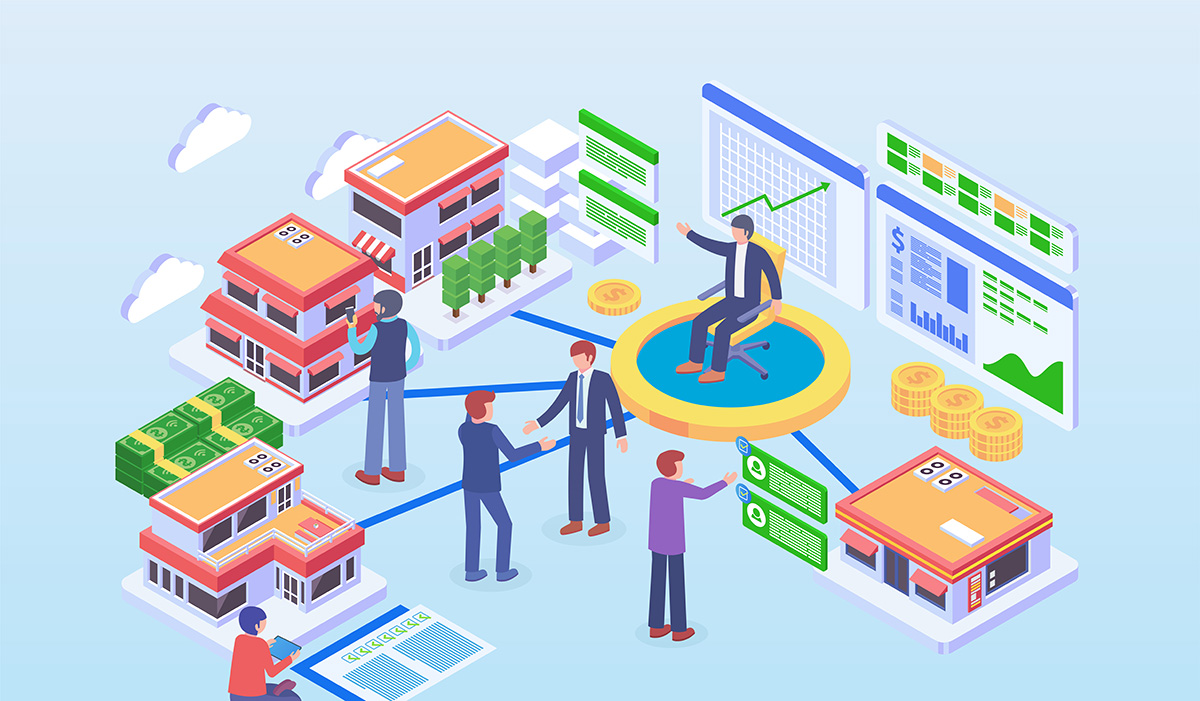3 Important KPIs Your Foodservice Business Should Be Tracking

Keeping Your Eyes on The Data That Affects Your Restaurant’s Financial Health
Numbers don’t lie. You can always count on them to tell you the truth. But, are you sure you are looking at the right numbers?
Trying to watch your speed by keeping an eye on the radio station isn’t going to protect you from getting a ticket. Likewise, as you manage your restaurant or foodservice business, keeping an eye on the wrong numbers isn’t going to keep you from getting into trouble.
So what exactly are the right numbers you should be focusing on? These are known as key performance indicators (KPIs), and they are the essential data that report how well your business is doing in meeting important milestones. In the food and beverage industry, these KPIs can range from basic financial data to more complex statistics.
While there are hundreds of KPIs you can track, the following metrics can give you the most significant return for your effort.
Your Cash Flow
The first and most important KPI to monitor is your restaurant’s cash flow. If you are unclear about the amounts of money coming in and going out of your business, you are going to have all sorts of anxiety, uncertainty, or even misplaced overconfidence.
Your daily cash flow is a vital indicator of the overall financial health of your business. Obviously, the goal is for more money to be coming in than going out, but the details of the in-and-out matter. By monitoring your cash flow, you can more quickly identify the trends, circumstances, or recent changes that are influencing your restaurant’s cash flow.
Your Overhead Rate
The fixed costs of any foodservice business are essential to understand because they are reasonably straightforward. Your fixed costs are the ideal scenario of having one bill and one price. If only everything were this simple.
But, what is even more helpful is breaking down those fixed costs on an hour-by-hour or day-by-day basis. An overhead rate is a form of cost accounting that clarifies how much it costs to run to your restaurant when only viewing the fixed costs. This is an important KPI to track as you consider what days of the week you want to be open, or if expanding your hours will pay off.
Your Break-Even Point
If your restaurant or foodservice business is relatively new or you are considering starting one, identifying your break-even point is essential.
Knowing your restaurant’s break-even point tells you the exact number you need to hit to earn back your investment costs. You might even use this number to forecast how long it would take to recoup money invested.
As you might guess, if you are planning on talking to investors or lenders, having your break-even point clearly defined is an absolute must.
Your Cost of Goods Sold
Knowing what each menu item costs you to prepare is one of the most important answers you can have at arm’s length. This is why your cost of goods sold (COGS), is such an essential metric to track. To calculate COGS, you need to record inventory levels at the beginning and end of a given period, and any additional inventory purchases.
Typically, the most considerable expense for foodservice businesses is the inventory needed to prepare menu items. By keeping tabs on all these costs, you can also look for ways to reduce these expenses by negotiating better pricing with your food distributor or selecting in-season ingredients. Every dollar you shave off your COGS is another dollar that gets added to the restaurant’s gross profit.
Your Prime Cost
A restaurant’s prime cost is simply the total of all labor costs as well as the cost of goods sold. Some consider prime cost as the primary KPI because it represents the bulk of a restaurant’s controllable expenses.
This is a classic example of change what you can, instead of worrying about what you can’t. For instance, since you can’t control fixed rent costs (unless you own the building), you can look for ways to lower prime costs by managing your labor costs and being smart about your inventory purchases.
Therefore, a restaurant’s prime costs are the perfect area for a foodservice business to optimize to improve profits.
Keeping Your Eyes On What Matters
With all of the moving parts and pressing demands that go into running a business in the foodservice industry, having a few key data points that you track over time can be one way to guard against the slow drift towards declining profits and wasted energy.
KPIs can be the critical gauges you track, helping you discern when it is time to slow down, speed up or change lanes.
Did You Find This Post Helpful?
Each month we publish exclusive subscriber content that is full of advice, trends, and best practices aimed to help you grow your business.
Sign up today and we will send you a free financial health checklist that summarizes the top 5 mistakes most businesses are making within their outsourced bookkeeping.

